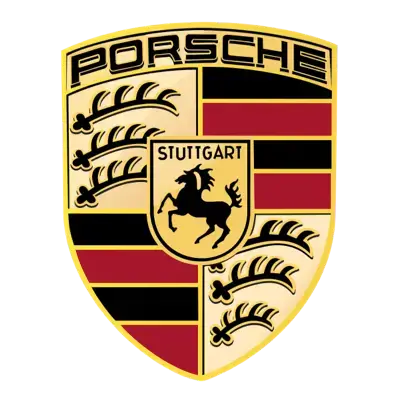![To go green, Porsche wants to suck CO2 from the atmosphere, turn it into fuel to power a 911 01]()
As much as Porsche believes in electric mobility, keeping the combustion engine Porsche 911 alive – the foundation of the brand’s heritage – even when everyone else has gone electric, is non-negotiable.
Synthetic fuels or eFuels is one solution that Porsche is developing to keep the Porsche 911 running in the post-petrol station world.
To manufacture synthetic fuels, you need to combine hydrogen with carbon (petrol is basically liquid hydrocarbon). Typically, this is achieved using carbon capture technology, which as its name suggests – traps carbon emitted from industrial processes.
Now, Porsche is trialing a new carbon capture technology – pulling climate-warming carbon dioxide (CO2) straight from our dirty air.
Referred to as DAC (direct air capture), Porsche is trialling this solution with MAN Energy Solutions and HIF Global, which Porsche has a stake in, at the latter's eFuels pilot plant in Haru Oni, Chile.
“To slow global warming, it is essential to reduce emissions and remove CO2 from the atmosphere,” says Michael Steiner, Member of the Executive Board for Research and Development at Porsche AG. “At the same time, we need CO2 as a raw material in many production processes. Why not combine the two? We’re working on that. We want to put an industrial direct air capture, or DAC, procedure into series production. Together with the experienced team at Volkswagen Group Innovation, our established eFuels partner HIF Global, and MAN Energy Solutions, we are examining the integration of a DAC pilot plant at the eFuels plant in Chile. We regard DAC as a viable technology for the future because it can be used to extract the carbon molecules required for the production of many products in a sustainable manner. So, we are working on bringing the technology to a higher degree of maturity.”
Barbara Frenkel, Member of the Executive Board, Procurement said, “Pure CO2 can be used for industrial processes or permanently stored in the ground. It can also be used to produce eFuels – which we are planning to do as a first step. These eFuels are a useful complement to e-mobility, as there will still be many ICE vehicles on the road around the world for decades to come.”
The appeal of DAF is that you can set this up in almost anywhere in the world, as long as there is carbon dioxide in the air. Of course, to ensure that the fuel produced is truly green, the whole process must be powered by renewable energy-sourced electricity.
![To go green, Porsche wants to suck CO2 from the atmosphere, turn it into fuel to power a 911 01]()
In the case of Porsche's project at the Haru Oni plant, wind power will drive it, while heat is provided through the extraction of hydrogen from methanol.
How direct-air-capture (DAC) technology works
To extract CO2 from the atmosphere, the ambient air is first cleansed of large dirt particles and directed through a pebble-like filter material. The CO2 deposited there is then extracted from the material and collected in a highly purified form for later use as a raw material. Water, a potential by-product, is drained off.
The extracted CO2 can be used to manufacture non-petroleum-based plastics, or combined with hydrogen to produce synthetic fuel, or eFuels.









